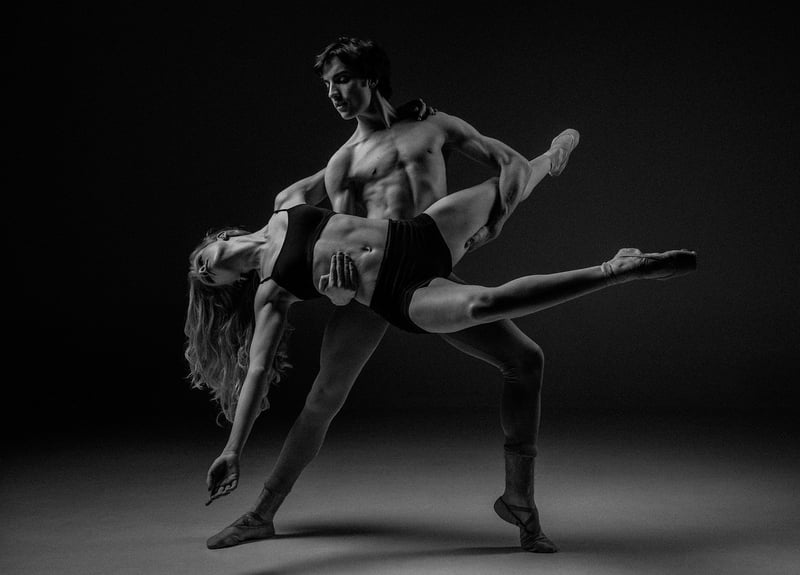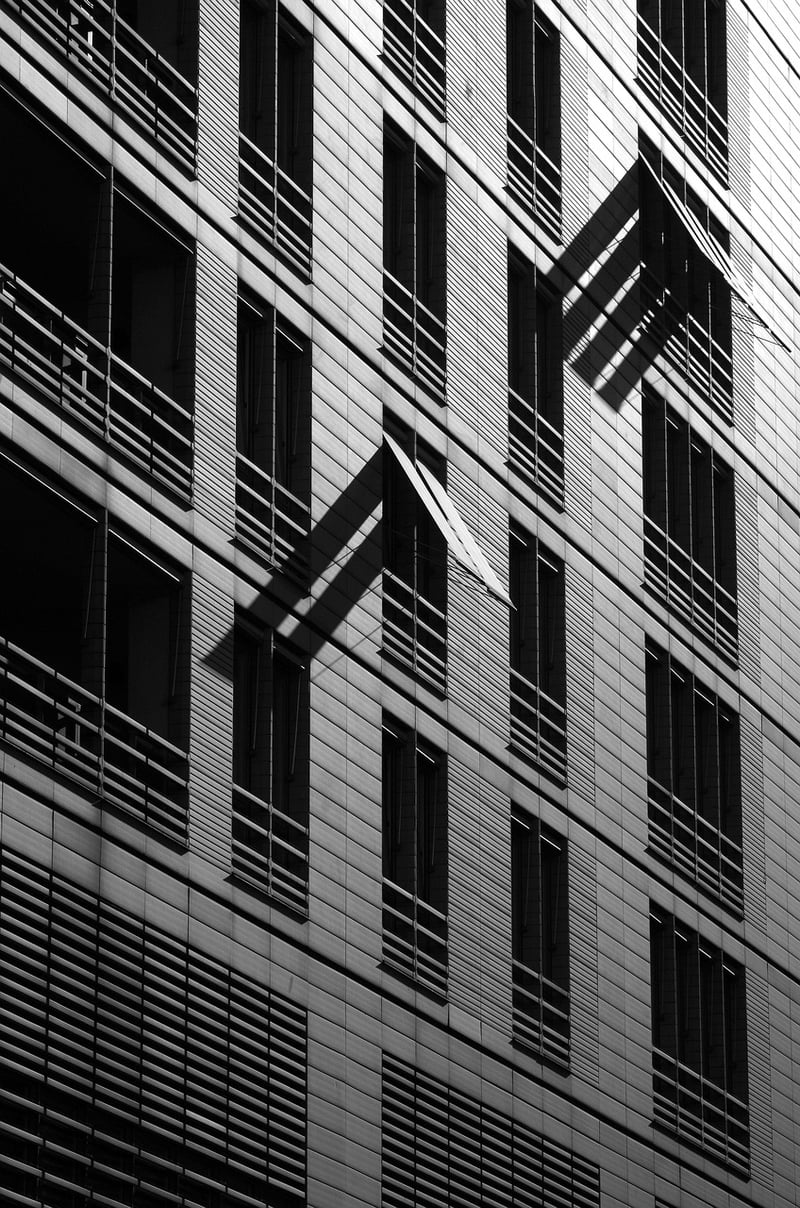Contemporary
Exploring Expressive Movement Forms in Contemporary Dance
Contemporary dance is a dynamic and diverse art form that incorporates various styles and influences to create unique movements and expressions. One of the key elements that contribute to the richness of contemporary dance is the use of expressive movement forms. These forms allow dancers to convey emotions, stories, and ideas through their bodies, pushing the boundaries of traditional dance techniques.
The Role of Expressive Movement Forms
Expressive movement forms in contemporary dance provide dancers with a means to communicate on a deeper level. By combining elements of ballet, modern dance, jazz, and other styles, dancers can create movements that are fluid, powerful, and emotionally charged. These forms allow dancers to express their individuality and explore new ways of moving that go beyond technical proficiency.
Exploring Different Techniques
There are various techniques used in contemporary dance to enhance expressiveness. One common technique is improvisation, where dancers create movements spontaneously in response to music or a specific theme. This allows for genuine emotional expression and a sense of freedom in movement.
Another technique is floor work, where dancers perform movements close to the ground, emphasizing fluidity and connection to the earth. This technique can add a raw and primal quality to the dance, enhancing its emotional impact.
Examples of Expressive Movement Forms
Some examples of expressive movement forms in contemporary dance include:
- Isolation: Dancers focus on moving specific body parts independently, creating intricate and visually striking movements.
- Gesture: Hand and arm movements are used to convey emotions, tell stories, or create visual motifs.
- Contact improvisation: Dancers engage in physical contact to explore weight, balance, and shared movement, creating a sense of intimacy and connection.
Embracing Creativity and Innovation
Contemporary dance continues to evolve as choreographers and dancers explore new ways to push the boundaries of movement and expression. By embracing expressive movement forms, dancers can tap into their creativity, emotions, and physicality to create performances that are truly captivating and thought-provoking.

Whether you are a seasoned dancer or someone looking to explore the world of contemporary dance, embracing expressive movement forms can open up a world of possibilities for self-expression and creativity. So next time you hit the dance floor, remember to let your body speak and tell your unique story through movement.
Keep on dancing!
